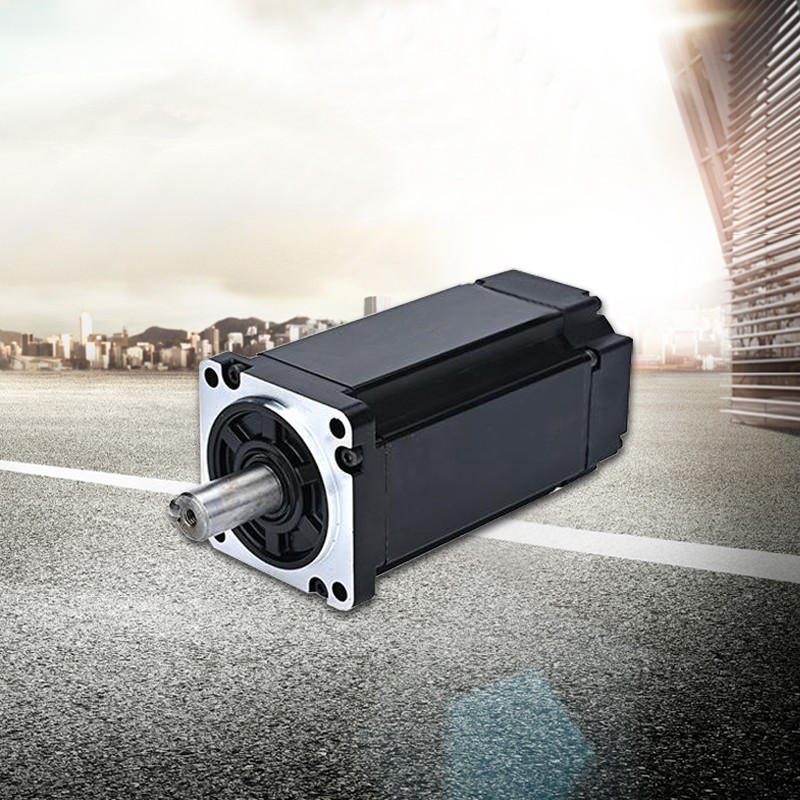Brushless motor is a type of motor driven by an electronic controller, and its working principle is different from traditional DC motors. Its main components include rotor, stator, and electronic controller.
When current passes through the stator to generate a magnetic field, the magnets in the rotor are attracted or repelled, thereby generating rotational force. However, the difference of a brushless motor is that there are no brushes or collector rings on its rotor. On the contrary, it uses sensors and electronic controllers to control the direction and magnitude of the current, thereby achieving accurate position control and speed regulation of the rotor. This electronic controller uses a technology called electronic commutation to determine the direction of current flow based on the current position of the rotor, thereby achieving effective commutation. This commutation technology enables the motor to have reliable and accurate control characteristics.

By changing the alternating frequency and waveform of the current wave input to the stator coil of the brushless motor, a magnetic field rotating around the geometric axis of the motor is formed around the winding coil. This magnetic field drives the permanent magnet steel on the rotor to rotate, and the motor starts to rotate. The performance of the motor is related to factors such as the number of magnets, the magnetic flux intensity of the magnets, and the input voltage of the motor. It is also closely related to the control performance of the brushless motor, because the input is direct current, and the current needs to be converted into three-phase alternating current by an electronic speed controller. It also needs to receive control signals from the remote control receiver to control the motor speed to meet the needs of the model.
The working principle and control method of brushless motors make them widely used in many fields, including industrial production, aerospace, automobiles, and household appliances. With the continuous development of technology, the performance and efficiency of brushless motors will be further improved, bringing more innovation and development opportunities to various industries.
